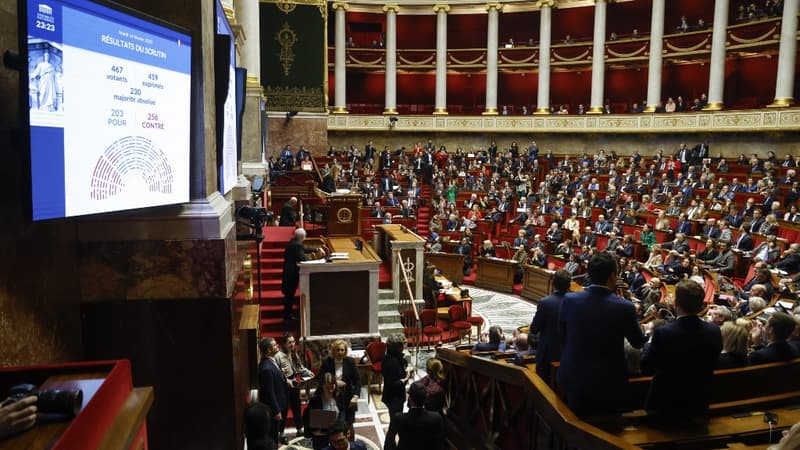The pension reform has been amputated -perhaps temporarily- from its senior index rejected by a majority of deputies. What exactly? The government wanted to force the largest companies to be transparent about the fate they reserve for the oldest of their employees.
With the old age index, the contours of which were defined in article 2 of the bill that is being examined by the Assembly, the employers involved were forced to collect precise data on those over 55 in their workforce: number , the participation of these older people in hiring, the professional training that guarantees them (among others). So it’s up to them to make all this data public.
A lowered obligation threshold from 300 to 50 employees
The initial text provided that the senior index would become the norm this year for companies with more than 1,000 employees and starting next year for all those whose workforce reaches or exceeds 300 employees. But before rejecting this article of the reform, the deputies had voted an amendment that provided for lowering this threshold to 50 employees. With government approval.
It is this new threshold that posed a problem for some of the LR MPs, the opposition, as they voted against the article as a whole. It is true that this question of the threshold is not insignificant, because, objectively, the smaller a company is, the more this senior index becomes a difficult constraint to manage.
Financial sanctions reserved for companies that refuse transparency
On the side of the Nupes deputies this time, the criticism that was made of this index was its non-binding nature for companies. In fact, financially, the only risk was having to pay a fine for not publishing it. The government text provided for the payment of 1% of the payroll to the pension fund of the employees of the general regime. The main objective is to force companies to be transparent but not to impose a minimum quota on them or to get in tune with the most exemplary ones.
However, the fact that cross-company comparisons are possible, particularly in the same sector of activity, with employers facing the same constraints, can be perceived as an incentive to do better. In any case, for companies that are attentive to their image as an employer. Finally, the objective was also to move towards a specific obligation for employers who make the least effort, encouraging them to sign a company agreement on the matter with the representatives of the workers and the unions.
Source: BFM TV


